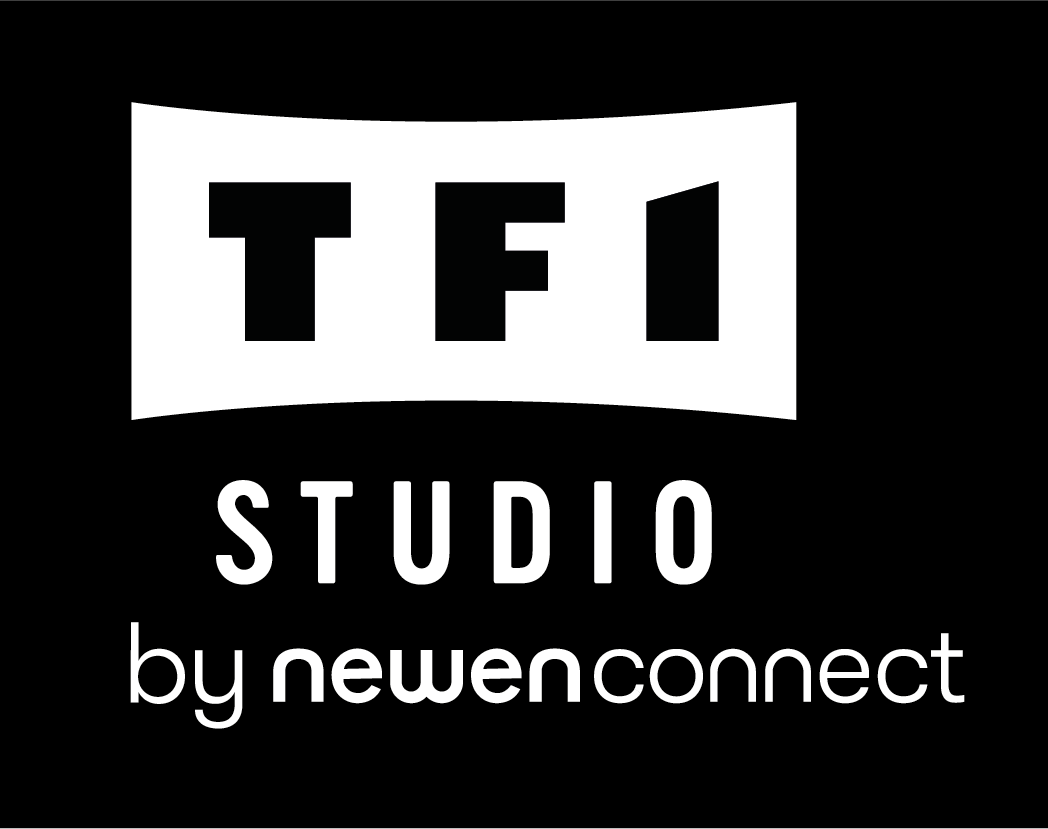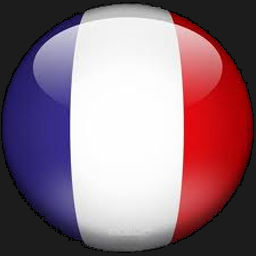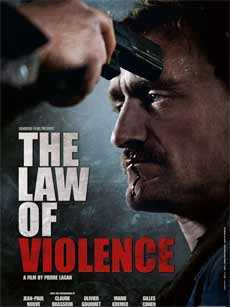THE INITIATORY THRILLER AND SEARCH FOR A FATHER
The thriller is a genre that I have always been particularly fond of, both in literature and film.
It is one that, with directors like Welles, Melville, Peckinpah and more recently Gray, Winding Refn or Kitano has built the foundations of my love for film and made me want to pick up a camera in turn to tell stories. Therefore, it was only natural that I should choose one as my first feature.
That decision requires a strong screenplay with a narrative that infuses energy and movement.
Initially, there was Terminus Plage, a complex and dense novel by Alain Wagneur that interweaves several independent stories.
One of them, that of Benoît - a son who, like Telemachus, goes in search of his missing father - touched me deeply, possibly because of its echoes within my own family history.
My grandfather, an officer in the French army, was killed in action during World War Two, leaving behind a son barely four months old. My father therefore had to construct his identity in the (overwhelming) shadow of a heroic and unknown father. "Missing father, troubled son," people often say, with reason. Since he never had a father figure, my father has never known how to communicate with me. Our relationship is still mostly made up of awkwardness and silence, our conversations becoming rapidly confrontational.
Benoît has something of my father. He too has grown up in the shadow of Philippe, a heroic but too often absent former policeman. He too has trouble finding his place and only feels alive through his work.
My desire to bring this story to the screen arises from a very powerful moment in the book, when Benoît discovers his father's corpse underwater. He cannot open the doors of the car where his father's body floats, his eyes open and staring, in a final, silent confrontation that lasts until the lack of air forces Benoît back to the surface.
The Law of Violence is the free adaptation of Benoît's story. I have simplified the plot to focus on the initiatory quest for a father. A quest during which the son discovers that his hero is actually a manipulator and a murderer: you never really know your father. A quest that leads him to question his inherited identity: where he comes from, who he is and above all who he wants to be.
I have chosen to make Benoît a young father. This allows me to create a more powerful echo for Benoît's problems with his own father, but I also wanted to film a man with a baby in his arms. The goal is to capture on film that fundamental moment for every man when he stops being a son to become a father, to show his confused energy that grows calmer, a look that loses its innocence, a young man who is slowly becoming a responsible man…
CLASSICISM AND FREEDOM
The Law of Violence is a pure thriller, with an effective, suspense-filled plot and its share of twists, chases and shoot-outs...
I have deliberately opted for a conventional, linear structure: the plot twists and episodes are complicated enough without the addition of any unnecessary confusion. But I also wanted my screenplay to be as solid and simple as possible in order to allow myself to be guided by the actors during filming. Above all, I want to tell a human story. Therefore, my wager during shooting will be to set up a sufficiently flexible system so that actors can be free, so that the form will always serve their performance and the issues at stake and not the opposite.
I have already tested this way of working on my last two short films and enjoyed the freedom it afforded me. Freedom that then continued during editing, where I could play without problem with the temporality and chronology of scenes.
The film's structure is in three parts. After a prologue that allows me to position the genre and launch the different plot-lines, the first part introduces us to the main character, Benoît Bertin. He is in his mid-thirties and has just had his first child, Mateo. But he has trouble coming to terms with his paternity, creating tension in his relationship with Emily.
Then he learns about the mysterious disappearance of his father, Philippe Bertin, a former cop, now a private detective. Is it suicide? Murder? A kidnapping? A voluntary disappearance? Nothing indicates where the truth lies and he has to let Captain Zamanski investigate. But the discovery of documents in his father's safe and some unsettling encounters encourage him to go looking for his father as soon as possible...
In the second part, the longest one, we follow Benoît in his search step by step. He delves into his father's private life and goes from one discovery to another, one clue leading him to the next. He thus discovers that Philippe leads a double life with a mistress, is blackmailing several local worthies and has fallen in with a local gangster, Francis Moret.
This highlights the dark side of a father he thought he knew well and leads him to realize that he hasn't committed suicide, but has probably gone to start a new life elsewhere.
A more subjective quest also mingles with this objective investigation.
Benoît embarks upon a real journey of discovery: learning about his father's failings will in fact allow him to accept his own paternity little by little.
Finally, the third part is the denouement.
Benoît finds his father at last but he is dead. He has been murdered and submerged underwater in a car.
This underwater confrontation between our hero and his father's floating corpse is one of the film's climaxes.
Benoît then sets out to settle his scores. First with his father's killers, then with Moret who, in desperation, has kidnapped little Mateo. Hunted by the police, he dumps the baby's basket in the harbour. Without the slightest hesitation, Benoît dives and vanishes underwater… before emerging again, safe and sound with his son in his arms.
All these events have changed him: the awkward young father at the start of the story has now become a man.
A thriller on a human level, realism without pretence
The key moments in a thriller (the chase, the shoot-out...) are not considered here as mere entertainment, but as a series of initiatory rites that mark out Benoît's path to becoming a man. That is why I shall film them solely from his point of view. Everything will be seen through Benoît's candid eyes.
Thus, the whole chase will be filmed from inside Benoît's car in order to be closer to him and his fears, his tensions...
Benoît's confrontation with violence will allow him to impose himself. While he is forced to submit to it at first, he ends up confronting it and manages to control it. I do not want to tone it down at all. However, I reject the complacency of overly neat aestheticism or ambiguous voyeurism. The camera will never focus on the fists dealing the blows nor on the revolvers shooting the bullets, but only on the faces and eyes of those who experience these tragedies. Each death must have its impact; not one should be anecdotal.
On the other hand, the cinematic material of this story lies primarily in the relations between the characters. So almost everything will be filmed at eye level, as close as possible to the actors and often in motion, with hand-held cameras or a steadicam.
I do not wish to add any unnecessary stylistic effects - there will be no slow motion or zoom or distorting angles - in order to tell this story as simply as possible and focus on gritty realism. I shall nonetheless retain the possibility of "poetizing" the image with unusual framing or special lighting.
The actors' performance will in turn be in tune with the image and editing: edgy, rough and lean.
My main influences here lie in the cinema of the seventies. As much in the amazing energy and incredible modernity of American thrillers of the time - like Bullitt, The Getaway or Get Carter - as in the magnificent humanism of Sautet's films or the shattering shamelessness of Pialat's.
More recently, there's the remarkable Danish trilogy Pusher, with its radical option to show realism in all its crudity and cruelty. Not forgetting, of course, the humanity and the impressive power of Jacques Audiard's films.
The Law of Violence contains all the elements of a thriller for the general public, but I see it primarily as a personal film that should enable everyone to question his own individual past.
Pierre Lacan
 Print
Print














